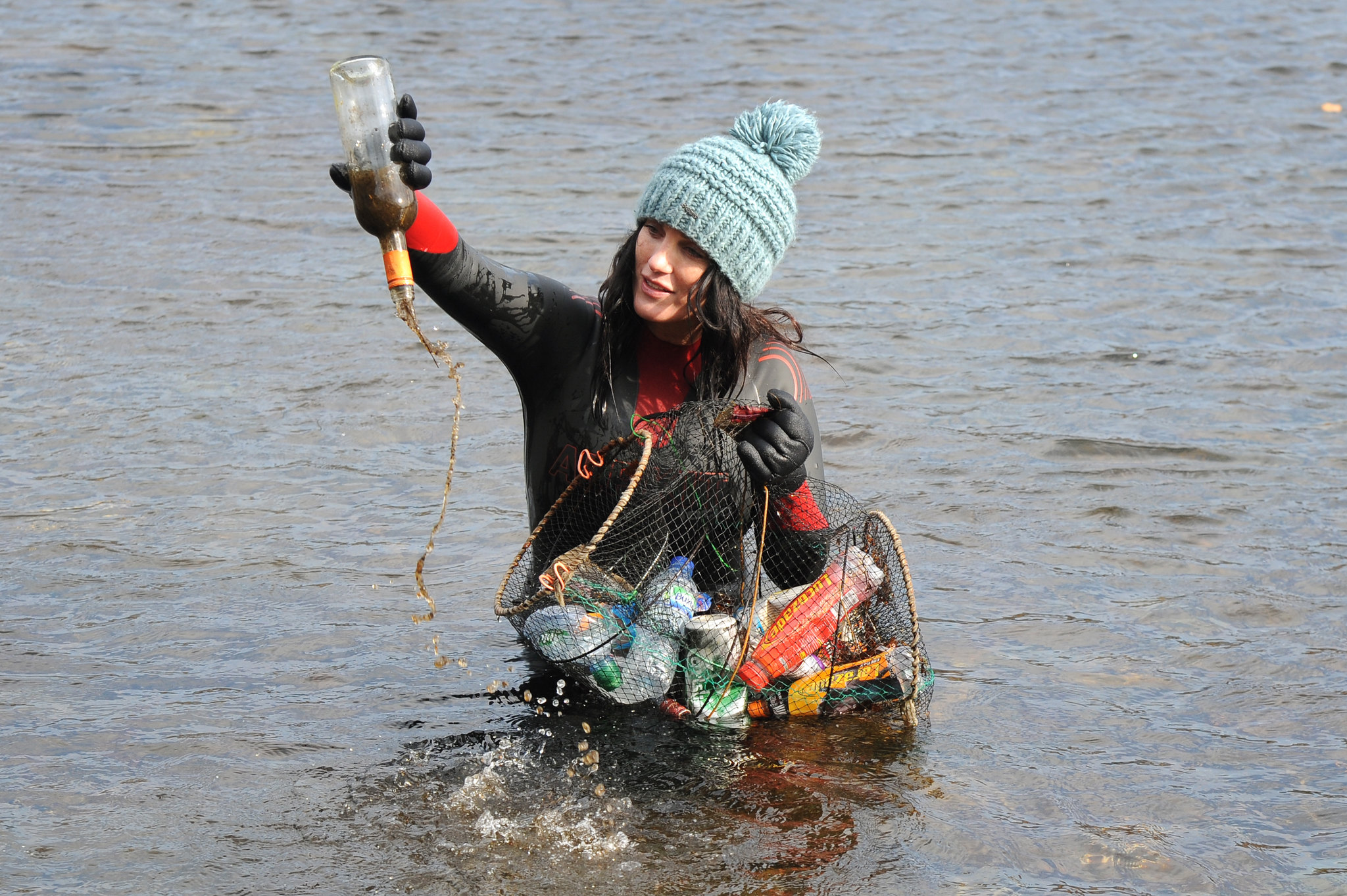
Campaigning Swimmer to Look at Microplastics in UK National Parks

Following the discovery of microplastics at the top of Snowdon a scientific expedition has been launched to investigate plastic pollution in all the UK’s national parks.
An outdoor swimmer, a scientist and an environmental organisation (us!) have teamed-up to test the water, at some of the country’s most iconic locations, for the presence of tiny pieces of plastic.
The expedition will see campaigner Laura Sanderson swim nearly 1,000 km through all 15 of the UK’s national parks to collect hundreds of water samples, which will be analysed at Bangor University in North Wales.
Laura was inspired to organise the challenge after an initial swim she undertook last year found tiny pieces of plastic – or microplastics – in Lllyn Glaslyn, at the very top of Snowdon: England and Wales’ highest mountain.

Laura Sanderson, who runs the open water swimming company We Swim Wild, said “Last year we swam 26 km from a lake at the top of Snowdon down the river system all the way to the coast. We were horrified when we were told the water we’d collected along the way had microplastics in them.“So now we want to see just how widespread the problem is and look at waterways in all our national parks. I’m hoping to start this March and so I’m training pretty much every day”.
Dr Christian Dunn, a senior lecturer at Bangor University, said: “We found water from Lllyn Glaslyn had an average of three pieces of microplastic per litre – although this is a small amount it’s worrying because it’s at the very top of a mountain. Concentrations of these microplastics then increased steadily as Laura swam downstream towards the coast.The sort of data we’ll get from this expedition is essential; as we need to learn all we can about microplastics in our waterways if we are to have any hope of tackling the problem,”
We are partnering with Laura and Christian – who are both Regional Reps with us – for the challenge.
Hugo Tagholm, CEO, said: “Because Laura is swimming through the rivers, lakes and coastline of the national parks it gives us a unique opportunity to collect water samples from places that we’d struggle to reach any other way. Several of us from SAS will be helping with the analysis and joining Laura along the way, though she’s the only one prepared to swim the full 980 kilometres – so good luck to her!”

